-
Posts
19,822 -
Joined
Content Type
Forums
Detector Prospector Home
Detector Database
Downloads
Posts posted by Steve Herschbach
-
-
I will chime in at some point but caught up in chores at the moment. The best books on the subject are by Clive Clynick. Mostly about water hunting and some overlap in books, A good place to start however is this one:
The Gold Jewelry Hunter’s Handbook: Finding Lost Gold at Beach, Park and Shoreline Metal Detecting Sites at http://www.clivesgoldpage.com/
The "motherlode" of the jewelry you seek is human beings. They need to be engaged in an activity that will cause them to shed gold. Soccer is a classic and I am partial to people playing frisbee. The kind of people dictate the type of jewelry you are looking for. Mens rings typically fall into a different VDI range than womens rings. Chains are different yet. Learning to watch people, what they do, where they do it, and who they are - is step one. Step two would be to focus on digging the VDI ranges and learning the responses most likely to score depending on your best guesses from step one. That is hunting smart.
I run a balance of smart and brute strength "dig all non-ferrous" depending on my mood and the location.
Anyway, more later. Jewelry detecting is every bit as challenging as prospecting and something anyone can engage in.
-
Hi JP,
There is a lot to be said for just putting in the time. And now you know why I have been showing increased interest in VLF detectors and how they handle the really trashy locations in the goldfields. We can choose depth, or we can choose discrimination. Maybe someday we will get both in one box, but it may well be too late by the time it happens.
-
Hi Guys,
Thanks. My luck was off in Alaska but the Lower 48 made up for it. Much as I would like to attribute it to skill it is amazing how much of this boils down to whether I turn right instead of left.
I have been working on trying to improve my gold photos this year. Flash with black background is working as well as is natural light against a stainless steel background. Here is another slightly different shot. -
Really great stuff - thanks again Ron.
It would seem to me the main advantage of the Coiltek coil is simply the solid bottom and elongated shape. Nothing to hang up and better for getting into nooks and crannies with the nose of the coil. I guess an alternative would be to make a solid bottom scuff cover for the Minelab coils.
-
I held off on posting about this one for a bit while I got around to some unfinished business. Since my move from Alaska I have been slow to get another safe deposit box set up. I have always had one for my gold and other important valuables. The problem with posting about this stuff on the internet is it can attract the wrong kind of attention. This is something I would encourage everyone to think about. Now that all my gold and other goodies are residing at Wells Fargo I feel a little more free to post about this.
Chris Ralph and I were prospecting in Northern California not too long ago. I was running the Nokta FORS Gold and concentrating on some areas littered with square nails, cable bits, rusted cans, and other ferrous junk. There were places the Nokta running in dual tone DI2 mode sounded like a machine gun from ferrous low tones. I would go along with the detector going "putt - putt - putt - putt - putt - beep - putt" and on hearing that beep, stop to dig a bullet or some other non-ferrous item.
The weather was a bit wet but not unpleasant; kind of brings the forest smells out and makes for softer walking. I was afraid we were going to get rained out but it keep just on the edge of really starting up. There was not much sign of detecting, no doubt due to all the trash. Chris was off hitting some bedrock with his detector while I wandered around in the trees and duff overlying the old tailing materials.
There was a bit of a mound around the base of a tree and I swept around it getting ferrous tones, when all of the sudden I get a strong non-ferrous beep. I looked down at the target id displayed on the end of the FORS Gold handle and it was showing 82. I thought "That's odd, a coin." I was still not tuned in one what the numbers meant exactly on the Nokta but on a typical 1-100 scale an 82 would be something like a penny or a dime. I have yet to find a really decent old coin since moving south, so I thought I was maybe going to dig some nice silver.
I gave a couple digs and was surprised to see nothing pop up. Hmmm... must be bigger, deeper. So I open the hole up and dig deeper, and this dirty gray lump pops out of the ground.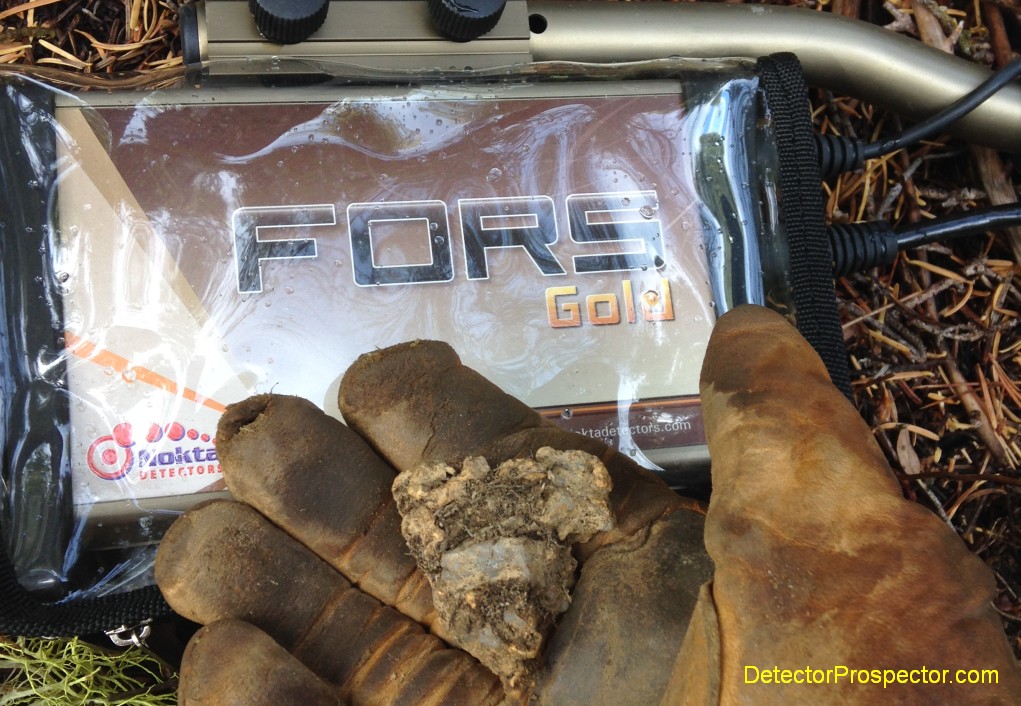
My exact thought "you have got to be kidding me!" It was a filthy lump but I knew instantly it was gold. I could not believe my good fortune. I got out my water bottle and washed it off a bit and saw gold and large chunks of white quartz - I had found something really special. After cleaning it ended up as 1.83 ounces of stunning gold and quartz that would do a museum proud. Just a really spectacular specimen, the best I have ever found. I won't claim that only the Nokta would have found it because any good detector would have. Yet I do think this is a case where a good discriminating VLF detector proved to be of benefit in approaching an area that might cause most pulse induction operators to wander off in another direction.
I thought this post would be a fine way to wrap up my nugget detecting finds for 2014 in anticipation of the New Year. I want to offer special thanks to Chris Ralph for being my guide and mentor while I learn my way around the Lower 48. I literally could not have done this without him. Thanks Chris! I also wish each and every one of you a fantastic nugget laden 2015. Happy Hunting!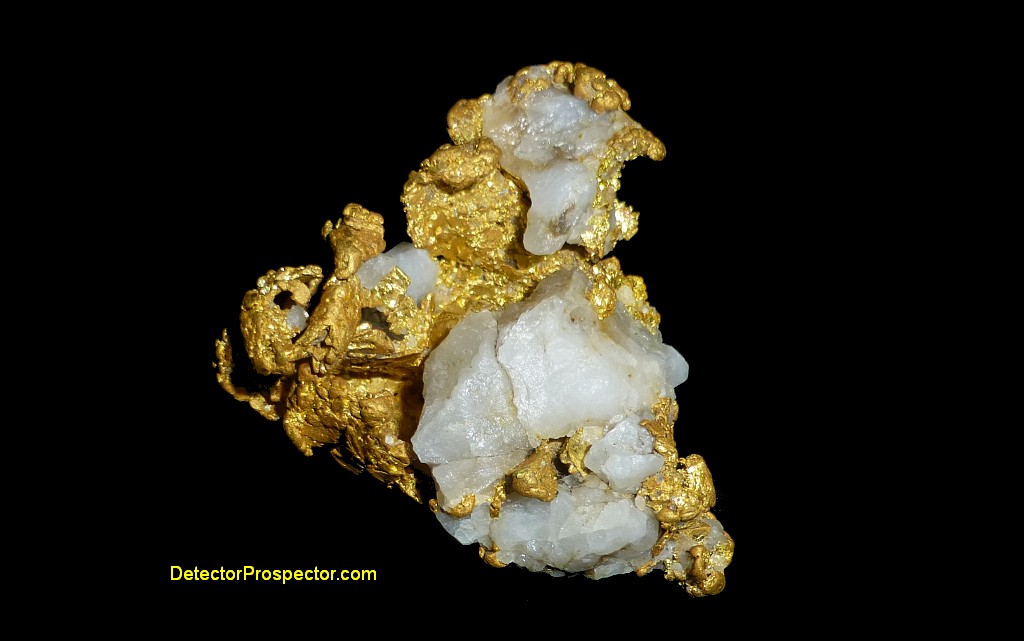
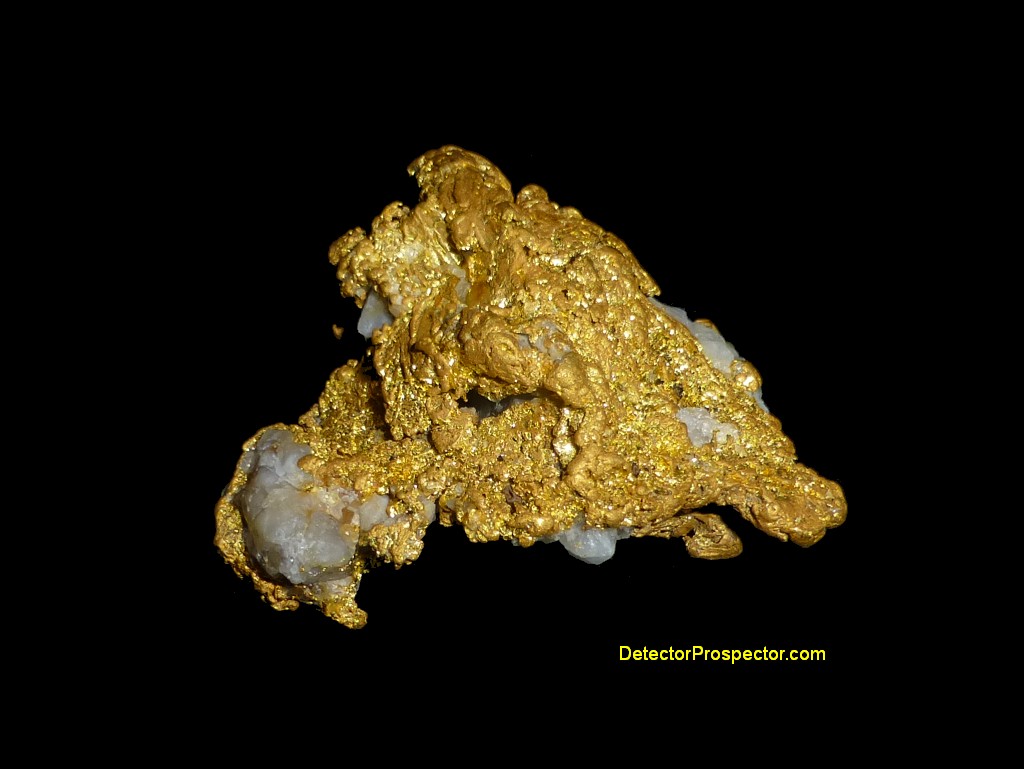
This post has been promoted to an article
-
Great post Ron, thanks! I moved a few around to put all the CTX related stuff back on this thread. Very interesting, the Coiltek weighs more than the stock coil? So the question is, how does the stock coil do on the 5 grain nugget?
Have you ever tried hunting with the CTX trigger locked in the pinpoint mode?
-
Congratulations Ray! I am excited for you and can't wait until your book is available for purchase.
-
I really think First Texas has some great engineers, some of the best, designing really great products. I am far less impressed by their quality control however. It is looking more and more like the new F75 and T2 upgrades really are upgrades, but that some units with bad coils or other problems are stirring up issues.
This is accentuated by the fact that I let my last F75 go because when I tried to use it around my house in Reno it was non-functional due to electrical interference. It just went batty and no amount of reduced gain or other settings could get it to behave.
Now I just got a new F75 SE through one of those things where a dealer is selling it online as "used" (whink-whink). This allows them to circumvent dealer restrictions on pricing and dump inventory they want to get rid of. So I got a price of $824 on a brand new never used "used" F75 Special Edition manufactured in April 2013. The first four digits of the serial number indicate year and month manufactured. The unit boots up as firmware version 7.0A. In 2014 a change was made in hardware that lead to a change in the firmware to 8.0 but there was no performance change.
Anyway, this thing had probably sat on the dealers shelf for a year, and with year end approaching he decided to get it out the door, especially with the new upgraded models in the pipeline. The unit obviously had never been out of the box. The catch? Since the invoice says I bought a used unit, and since until recently all Fishers from El Paso are only warranteed to the original owner, I have no warranty.
Whatever, sometimes you gotta take a bullet in the interest of science. I wanted a non-upgraded unit to compare to the upgraded model I am eventually going to get, though it seems a long time coming. Once I do comparisons I have some options. I can keep whichever one I like best, which is almost certainly going to be the upgraded model. I can then sell this one as is. Or go ahead and have it upgraded also, though that would cost a few bucks. Then compare again, and keep the one I like best. Unless the Nokta FORS Gold really whups them, in which case they both go!
Long story to get to an interesting thing I just discovered. This not latest version F75 appears to be quieter and better behaved than the last one I had! Did the last one have an issue that made it more susceptible to electrical interference? Is this one newer enough that something was improved? First Texas in particular has a policy of continual slipstream upgrades that happen without any fanfare so as to not rock the boat.
Anyway, I have one well behaved F75 in hand and hope to get a new upgraded version someday to compare to it, putting to rest once and for all at least in my own mind what this whole internet "tempest in a teapot" is all about. I have to say it is good to have a f75 again. I just mesh with the look, feel, and sounds of this detector. It really feels better on my arm than any other detector I have ever used. Great ergonomics.
-
Not boring anyone Mike! I really enjoy jewelry detecting and as time goes by I see myself doing more of it and less gold prospecting. Why? Reason number one is as nugget patches get worked out, they are done. Jewelry patches can replenish. Reason number two is access. I can hunt jewelry anywhere people frequent, which means just about anywhere I go. I am taking a break from prospecting right now, but the nearest jewelry patch is just minutes away.
The methods and machines overlap and I am surprised more nugget hunters do not do the jewelry thing. Gold is gold in my book, and though I have never found a platinum nugget, I have found ounces of platinum jewelry. Great subject and great analogy, and you know your stuff on the subject. So do proceed, and thank you for joining the forum!
-
You guys have great Google Earth coverage down here. It is nearly useless in Alaska and I would have been thrilled to have this alternative. As it was I was lucky enough to have a father with an airplane I could talk into doing aerial photography runs.
Aerial views can be incredibly handy in rough terrain, or terrain with lots of trees. Anything that stops you from seeing what is "over there". It is so easy to miss stuff wandering around on foot. As I noted, Google Earth is a huge aid, but it is not perfect. The best time to see stuff is when the leaves are off, and often Google Earth overviews are obscured by foliage.
This unit is designed to work with a Go Pro camera and so costs less than models with integrated camera solutions. I am not expert in this stuff and just grabbed this as an example because they seem to be a well known manufacturer. The DJI Phantom Aerial UAV Drone Quadcopter for GoPro at http://www.amazon.com/DJI-Phantom-Aerial-Drone-Quadcopter/dp/B00AGOSQI8/
Then there is a top-of-the-line model with integrated camera on gimbal. The Go Pro model you aim the drone to get the shot. This one you can hold the drone steady and rotate the camera. More money of course. DJI Phantom 3 Vision Quadcopter with Integrated FPV Camcorder at http://www.amazon.com/DJI-Phantom-Standard-Quadcopter-Camera/dp/B013U0F6EQ/ref=dp_ob_title_toy
Anyway, just food for thought. We found aerial photography to be a huge benefit metal detecting the tailing piles at both Ganes Creek and Moore Creek.
-
Hi Scott,
There was quite a gal named Janet in Australia who specialized in finding gold on salt flats. https://www.prospectingaustralia.com.au/forum/viewtopic.php?id=472 Sadly, I just found in searching for here in order to respond to your question that she passed away last year. RIP Janet!
The Minelab Salt settings were designed for hunting salt flats, however, they are now seeing use on beaches around the world hunting jewelry http://www.minelab.com/emea/treasure-talk/the-power-of-salt-gold
For nugget detecting in the US the settings could also of course be of use on salt flats, or even just in small areas where dried up ponds or puddles have left salt crusts on the soil. All I have ever heard of here however is beach hunting for jewelry or old Spanish wreck coins and debris in Florida.
I have never used it myself. I have been intending to try it on the SDC on a larger nugget versus the normal settings on the off chance it might help on larger gold.
-
Yikes, I thought that was a nugget - would have got my heart pumping also. Already proves the point though; if it had been a nugget, you would have found it.
-
There are some guys running DD that are very happy with discrimination results they are getting in really trashy locations. And as Fred notes the Cancel mode for work near power lines only works with a DD coil. Like everything detecting, there are no absolutes.
-
As I start to hear more reports of good ones, which, by the way were in peoples hands at the same time as the troubled ones I think it's all a tempest in a teacup. Like has been said before, a few with issues gets all the press.
HH
Mike
You are right about that, Mike. And as you say trying to be helpful just gets a brick lobbed at you. You have more patience than I these days for that kind of nonsense.
FYI Findmall has been up and running fine from my end all weekend.
It will all sort out eventually. I have to admit I have been considering alternatives though. Maybe an MXT Pro in my future if the F75 does not treat me well.
-
OK, what we can do is learn together, because when it comes to nugget detecting with the CTX I am a newbie also. I was going to use Keith's settings as a starting point myself and then tweak for goldfield conditions. I will also reactivate the "Downloads" file sharing part of this forum which could be used to share CTX and other files. Been meaning to do that anyway to upload and share pdf files. It will be for forum members only to conserve my server bandwidth.
I will see the Coiltek folks at the Minelab Conference in February. Maybe I can beat a free coil out of them!
-
OK, Christmas came early. Got this big heavy box and opened it up, and inside was another box. Opened that up, and there was this really cool Garrett hard case!
Packed inside the hard case is the standard ATX soft case. The hard case is basically just a foam lined box with no special compartments or hold down straps. It weighs in at just over 12 pounds. I doubt I will use it for a detector case per se but it is a nice, stout, waterproof case.
And amazingly inside the soft case is the ATX fully assembled with large coil. All the accessories were packed around it, with the 12" coil in the big internal pocket. This is a nice soft case, with internal straps and accessory pockets. The bonus of my tearing my other ATX down is I get a spare soft case, which my SDC 2300 with inherit. I also have two complete AA battery systems which is great because nearly all my detectors and accessories now use AA batteries. I also not have a spare armrest and battery doors for this ATX scavenged off my old one.
I had to purchase a scuff cover for the big coil separately - here it is. I opted for the closed coil for working in stubble.
A final bonus is that the stock coil came with a new open scuff cover. I already have the closed version, so this was nice. I am not sure, but it looks to be stouter than earlier versions? Also, the new stock coil has the redesigned pivot point which was to address the "floppy coil" issue seen in earlier ATX model like mine. I fixed that by cutting my old coil up! And now I have the new version.
OK, good to go with shiny new ATX, now to just finish the ATX rebuild project at http://www.detectorprospector.com/forum/topic/462-garrett-atx-strip-down-rebuild/ My new aluminum case arrived so time to get down to the nitty gritty of stuffing the circuit board into it. I will then have two ATX detectors - the heavy duty waterproof one, and a dry land light weight version set up to use Infinium coils if I wish. Looks like I will have both the S-rod and a straight rod set up so I can use whichever balances best with whatever coil I use.
-
Nokta is working on a PI, the question is, is it designed for prospecting? Or just another deep seeking cache hunter?
The market is still waiting for something under four pounds as powerful as or more powerful than a Garrett ATX and out the door for $1999 or less. The TDI SL or SPP has got the under 4 lb part down but lacks the horsepower.
I won't hold my breath for good ferrous discrimination to full depth in a PI. Lots of promises in the last ten years and I think it shows if it were easy, I would own one by now.
Anyway, congratulations to Nokta and Makro. Competition is good for the end user.
-
Hi JP,
The Gold Bug 2 will handle it easily and would be a very good bet for an exploratory run. Just slap it in Iron Disc mode and off you go. You will get lots of clicks and pops on ferrous stuff - just ignore them and go for clean signals.
The CTX will run much cleaner and is worth trying also. You just want it wide open to accept all targets but set for TTF (two tone ferrous).
I want to give the new Coiltek 5" x 10" coil for the CTX a go but frankly it costs too much and is not likely to do any better than the stock coil. Just a handy shape for poking in nooks and crannies and the solid design will slide smoothly over obstacles.
Here are some magic settings from Keith Southern, a master at hunting in ferrous trash http://www.dankowskidetectors.com/discussions/read.php?2,56512,56512
I am starting to wonder that maybe there is a place for machines that are not considered hot on gold per se. Too much transmit voltage can be counterproductive in very mineralized ground. As you know gold can be found with any detector if it is large enough and shallow enough, and there is still large, shallow stuff lurking in the trash. Perhaps more so than anywhere else these days. So what machine to use to wade in there and find them? The CTX could be as good a choice as anything. http://www.detectorprospector.com/forum/topic/361-minelab-ctx-3030-for-gold-nuggets/
Packing my bags, be on the plane in an hour.... -
Could you just use stainless? I wonder how copper mesh would work? Softer than brass but easier to get. Seems like stainless would be the way to go though.
Check this out! http://www.ebay.com/itm/U-S-A-Standard-Soil-Testing-Sieve-Set-of-7-/121514572859
-
Hi Paul,
You are welcome.
Not much to do on the SDC. I have been running sensitivity at 4 or 5 and threshold of 2 sounds about right. I am not saying those are the best settings, just what I have been running. A higher threshold used in conjunction with an external volume control may smooth things out for better performance. The ratty threshold is normal and I agree, reminiscent of the older SD units.
Been meaning to do a depth test of salt settings versus regular settings on a U.S. nickel but have not got around to it yet. Salt is less sensitive to tiny stuff but there is a small chance it may actually do ok on larger stuff.
-
Well, at one point I was told Fisher was going to send a production F75 my way but nothing ever happened so I am just kind of moving on. I went ahead and got a new but not upgraded F75SE on order and headed my way today. It will be interesting to see how it handles electrical interference here in Reno compared to my previous F75. I have to admit I am losing some faith in First Texas ability to produce machines that have consistent performance across the board. What that means is you just never know what you are going to get until you get it. This one may be the same, or better, or worse. We will see. In theory it will also be eligible for a free upgrade should I choose, but it sure looks like the dust needs to settle in that regard before I would chance it. Presumably a new production F75Ltd2 could show up on my doorstep at some point, and if so I will have this one to use as a baseline for comparison purposes.
-
Glenn has a LiPo setup I believe, but he must be out prospecting. I will see if I can get his attention.
I always just used the Minelab battery myself as does everyone I have met in the field except for Glenn. Best rechargeable battery I have ever owned and minimal risk using it. I am selling my backups in the Classifieds now that my GPX is for sale.
Here is a thread on the pinout http://www.nuggetshooter.ipbhost.com/index.php?showtopic=20092
-
What sizes or dimensions are you looking for Dick?
Hi to Robin!
-
This should be interesting.
The reality these days is that when it comes to nugget detecting I am very much a pulse induction kind of guy. I also go out of my way to point out the problems with using VLF detectors and discrimination while nugget detecting.
Yet at the same time I have very much been a proponent of using VLF detectors and discrimination where it may offer some sort of advantage. Ganes Creek, Alaska was the best example of a location with large nuggets and tons of ferrous junk to contend with. A good discriminating VLF detector made sense there and the vast majority of the gold found at Ganes Creek was found with VLF detectors.
I am seeing similar situations here down south, especially in California. Places where 150 years of mining has left ferrous trash galore. What I am looking for is a way to narrow things down a bit in some situations. The idea in some places with unknown potential is to scout first with the VLF, and then, if any gold is found, to switch to a PI and hammer the spot.
There are the big cobble piles, that may have a big cobble shot full of gold, but which are more likely to contain a rusted can. A big coil on a VLF could be handy for scouting those.
Finally, I want to do some honest blue sky prospecting where I put myself in gold country but not specifically on a proven location and go looking for a patch. A lot of this would be in logging country and steel wire and other ferrous trash can be common. I can deal with the bullets but may want to weed out the ferrous.
I ended up by chance with a Nokta FORS Gold that came with a 13.5" x 15.5" DD coil. This machine has a great two tone mode where all targets signal, but ferrous with a low tone, and non-ferrous with a high tone. My preferred mode for scouting trashy terrain. I hear all targets so nothing gets passed without thought. I may investigate some ferrous signals further if I am suspicious.
I have a new Fisher F75SE coming, a model without the latest updates. I may end up also with an updated version but got tired of waiting on that so bought this one to use for now. It also gives me a baseline to compare to should I ever lay hands on a newer unit. Or one I can upgrade later if I wish. To compare apples and apples I have a new DeTech 12" x 15" DD coil on the way for the F75 to use versus the Nokta with similar coil.
I have a friend who did very well at Ganes Creek in the 22.5 kHz dedicated frequency prospecting mode, and his main claim was that it had killer discrimination. So just to make life interesting I have another DeTech 12" x 15" DD coil on the way to use on the V3i versus the other two detectors.
Finally, I will toss my CTX 3030 with 13" x 17" coil in on this little competition though it is a slightly different coil. Close enough though and should be interesting. There is already a huge thread going on the CTX and gold at http://www.detectorprospector.com/forum/topic/361-minelab-ctx-3030-for-gold-nuggets/
I honestly look at this as more a shootout between the F75 and the Nokta more because I see them more as get down and play in the mud prospecting detectors. The CTX and V3i are more my in town units. But maybe that is just a perception thing on my part and since I own both anyway - why not? Looked at another way these do represent some company flagship units, say what else you may about them. Maybe there will be surprises and no matter what, I have a lot to learn here. And that, my friends, I do enjoy!
OK, now the bad news. I am not much for contrived testing so I will need favorable weather to get these detectors out of town into real field conditions to give this all a try. And I do not want to rush to judgement in any case. Eventually it will all sort out and I will report along the way if anything of interest develops. Until then, you will have to be patient.
Again, lest anyone think I am believing this all to be some kind of magic gold getting idea, it is not at all. I will be using a PI detector for most of my nugget detecting in 2015 and basically digging everything I come across. This is actually part of my weeding down detectors process with the main goal being to let either the F75 or FORS Gold go away. I have other reasons for keeping the CTX and V3i so they are just going along for the ride and the potential for extra knowledge. When I go out this summer I want to be packing both a PI and a VLF. The intent is to use the PI and have the VLF more for backup or for getting into a real trashy location. This shootout will determine just what VLF gets to go with me this summer.
The photo below shows all four coils side by side with weights as weighed on my postal scale with scuff covers. The dimensions are width by length at longest point with the third dimension being the length of the actual middle DD overlap working area. The two DeTech coils are 12.75" in this regard versus 14.25" for the Nokta and 15.5" for the CTX 3030. This would be the nominal length to shoot for on each coil sweep if you figure no overlap (which would not be wise). The Nokta is the lightest coil so in theory combining weight with area covered it has the best overall specs as regards area covered for weight handled. The angle of the picture and coil placing tends to make the Nokta coil look smaller than the DeTech coils but it is in fact slightly larger.
Last funny note. I would normally complain about putting coils this size on VLF detectors because in the past it made them nose heavy and had me whining about the weight. However, world class lead weight PI detectors have made it so I have gotten used to using machines far heavier than these beasts, even with their larger coils. Go figure.


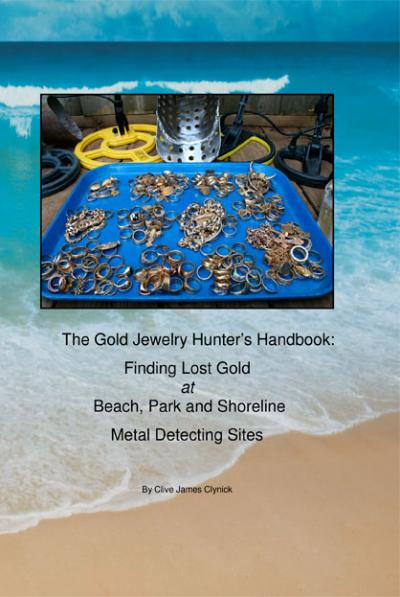
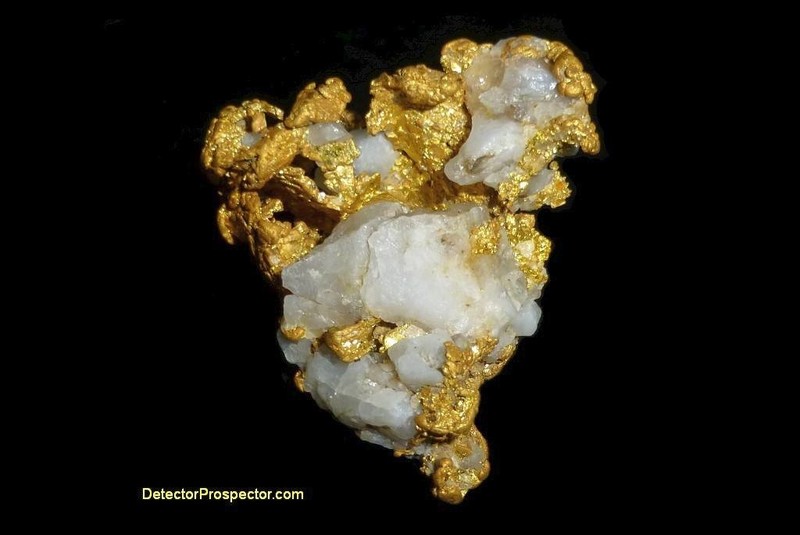
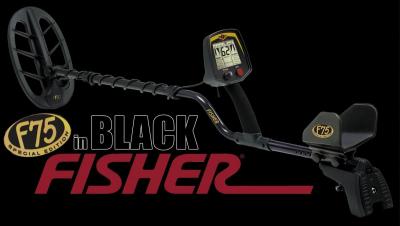
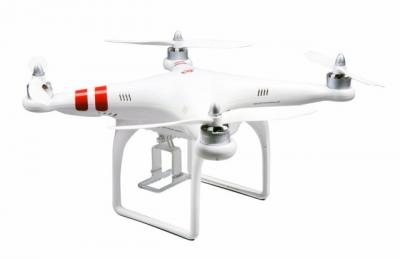
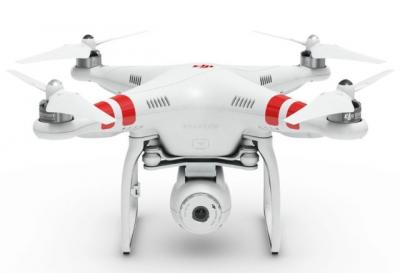
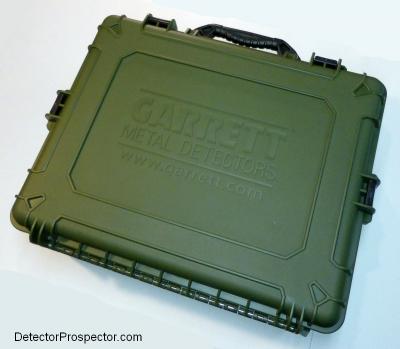
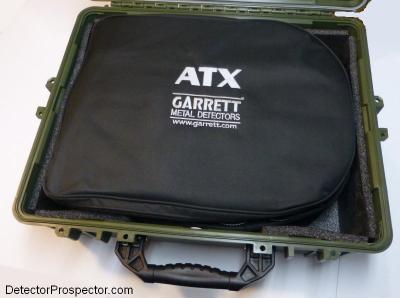
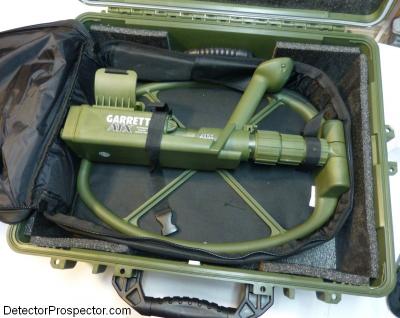
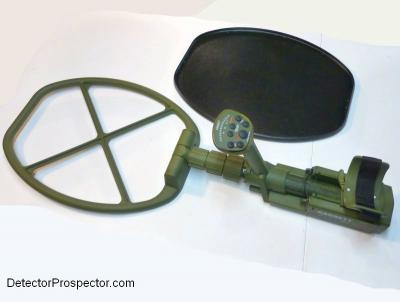
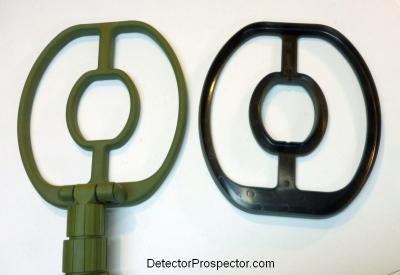

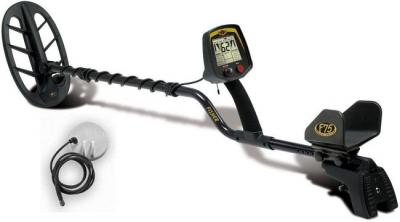
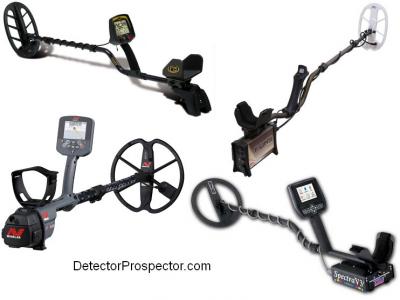
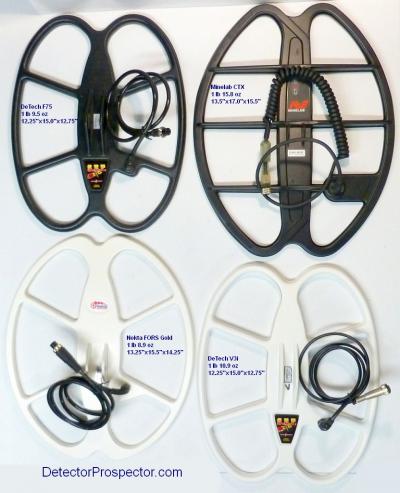
Drones For Aerial Reconnaissance
in Detector Prospector Forum
Posted
I was thinking get it out of my truck, and take a look over the hill. Not from my house.